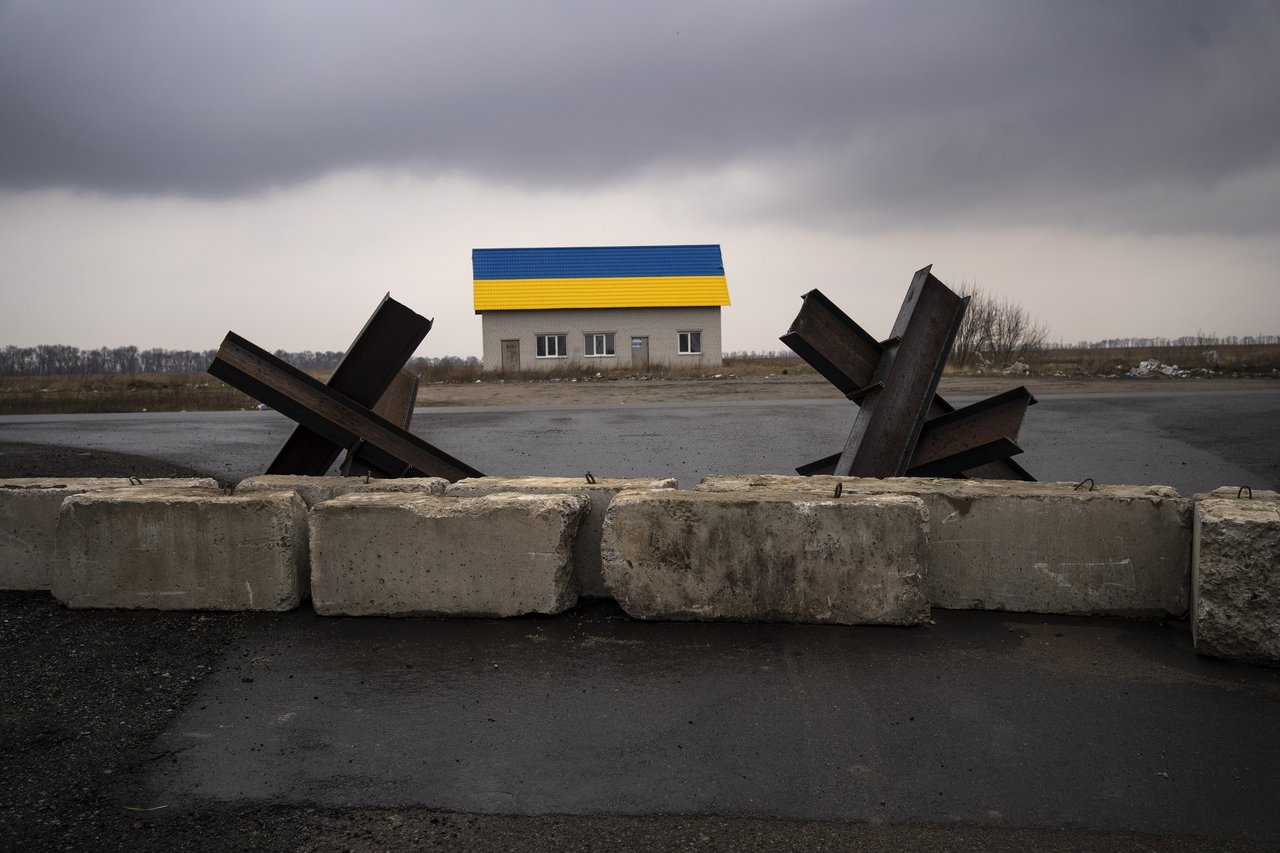(CN) — Hopes for a ceasefire any time soon in Ukraine were dashed on Wednesday as bloody fighting and the shelling of civilians continued and Moscow and Kyiv backed away from a tentative ceasefire deal that emerged the day before in Istanbul.
Reports from the battlefields saw both sides claiming they were inflicting heavy losses on their enemy in a fratricidal war that has been raging for 35 days since Russian President Vladimir Putin shocked the world with an invasion on a scale and ferocity not seen in Europe since World War II.
Gruesome and largely unverifiable accusations by both sides of torture, rape, kidnappings, deliberate civilian killings, the shooting of prisoners and other atrocities have become a daily feature of a war that is escalating and risks turning into a larger conflict.
Ukraine continues to ask the West to intervene militarily on its behalf, but so far NATO has resisted direct involvement though it continues to supply Kyiv with weapons, funds, encouragement and promises to rebuild the devastated country and bring it under Western protection.
Last week, U.S. President Joe Biden called the Ukraine war a fight between democracy and autocracy and escalated tensions by suggesting he wants to see regime change in Moscow when he said at the end of a Warsaw speech Putin “cannot remain in power.” Biden later said he wasn’t calling for regime change, but he also wouldn’t “walk back” what he said.
The Kremlin accuses the U.S. of turning Ukraine into a proxy war against Moscow in order to so badly bleed the country that it falls apart. U.S. policymakers, chief among them the late Zbigniew Brzezinski, have seen neutralizing Russia by gaining control of Ukraine as a strategy for seizing control of Eurasia, as examined in a recent analysis by Monthly Review.
Sergey Lavrov, the Russian minister of foreign affairs, denounced the West on Wednesday for trying to make Ukraine a “second Afghanistan.”
“Those who tried to make Afghanistan the center of world politics are now trying to replace Afghanistan with Ukraine,” Lavrov said, speaking in China ahead of a summit on Afghanistan. China, Russia, the U.S. and Pakistan are attending the summit.
There were glimmers of hope Tuesday that Ukraine and Russia might find agreement on a ceasefire after talks ended in Istanbul with Turkish President Recep Tayyip Erdogan acting as mediator.
The talks laid out a possible road map for a peace deal and gave context to what each side may consider acceptable.

Ukraine said it was willing to not join NATO in return for security guarantees to ensure any future military aggression by Russia would trigger a response from the United States and European allies. Ukrainian diplomats say such a guarantee would be an equivalent to NATO’s Article 5, the clause underpinning the military alliance’s mutual defense pledge.
For its part, Russia said it would be not object to Ukraine joining the European Union in exchange for not seeking NATO membership, which Putin called a “red line” in the weeks before his invasion.
Only hours after the outlines of a ceasefire emerged from talks in Istanbul, American and Ukrainian diplomats said they did not believe Russia would hold up a promise to “drastically reduce” its attacks on Kyiv, the capital, and Chernihiv, a battered and partially encircled city north of Kyiv.
By Wednesday, hopes for a cessation in hostilities any time soon were dashed.
Kremlin spokesman Dmitry Peskov, speaking with reporters, said Russia saw nothing very promising or that looked like a breakthrough in the peace talks, Reuters reported.
In Kyiv, Ukrainian President Volodymyr Zelenskyy said his country would not cede any territory to Russia, a position that was at odds with what seemed to be Ukraine’s position at the peace talks. Zelenskyy had said before the talks that retaking all the territories held by Russian forces would lead to World War III, a statement that suggested he was willing to relinquish control of the two eastern regions of Donetsk and Luhansk and Crimea.










